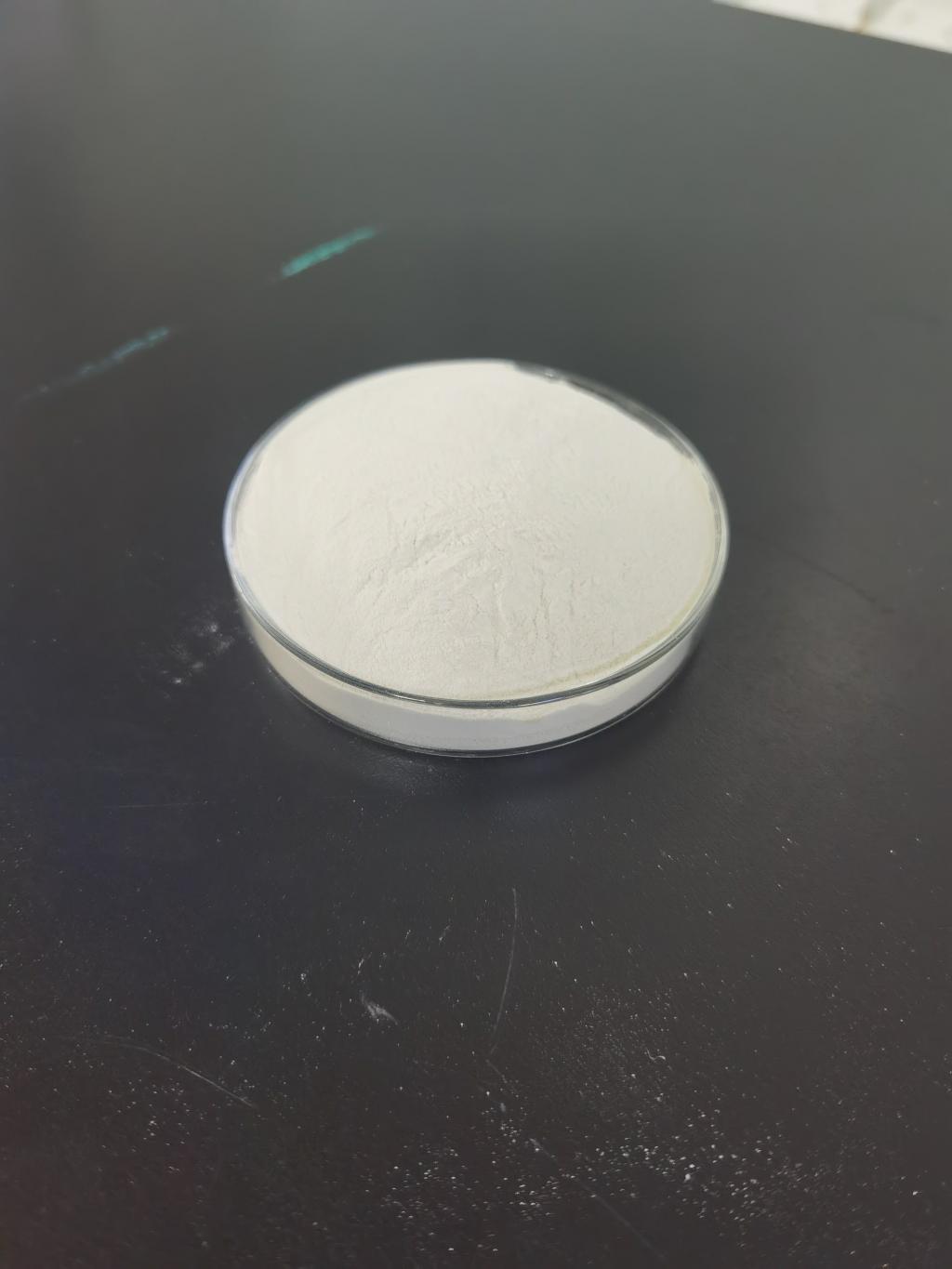Tel:+8618231198596

News
 CONTACT
CONTACT
 CONTACT
CONTACT
- Linkman:Linda Yao
- Tel: +8618231198596
- Email:linda.yao@dcpharma.cn
- Linkman:CHARLES.WANG
- Department:Overseas
- Tel: 0086 0311-85537378 0086 0311-85539701
News
Current Position:
Home >
News
>Nisin's application in food coatings and films provides an additional layer.
Nisin's application in food coatings and films provides an additional layer.
TIME:2024-04-11
Nisin: A Natural Defender Against Spoilage Organisms
Nisin, derived from the bacterium Lactococcus lactis, possesses potent antimicrobial properties that make it effective against a broad spectrum of bacteria, including spoilage organisms and pathogens. Its mechanism of action involves disrupting bacterial cell membranes, leading to cell death. Unlike synthetic preservatives, nisin is naturally occurring and has been deemed safe for consumption by regulatory authorities.
In recent years, researchers and food manufacturers have explored novel applications of nisin, including its incorporation into food coatings and films. By forming a protective barrier on the surface of food products, nisin-based coatings and films inhibit microbial growth, thereby extending shelf life and maintaining quality.
Enhancing Food Safety with Nisin-Based Coatings and Films
The application of nisin-based coatings and films offers several advantages in terms of food safety. Firstly, these coatings provide an additional layer of protection against microbial contamination during storage and transportation. By creating a barrier that impedes the ingress of spoilage organisms, nisin-based coatings help minimize the risk of foodborne illnesses and spoilage.
Furthermore, nisin-based coatings and films contribute to the preservation of sensory attributes such as flavor, texture, and color. By inhibiting microbial growth, these coatings prevent the development of off-flavors and odors, as well as the degradation of visual appeal. As a result, consumers can enjoy fresher, higher-quality food products for longer periods.
Applications Across Food Products
Nisin-based coatings and films have diverse applications across a wide range of food products. In the fresh produce industry, these coatings are used to extend the shelf life of fruits and vegetables by inhibiting microbial decay and maintaining firmness. Similarly, in the meat and poultry sector, nisin-based coatings help prevent spoilage and microbial contamination, enhancing product safety and quality.
In the bakery and confectionery industry, nisin-based coatings and films are employed to preserve the freshness of baked goods and confectionery items. By creating a protective barrier that minimizes moisture loss and inhibits mold growth, these coatings extend the shelf life of products such as bread, cakes, and candies.
Moreover, nisin-based coatings and films find applications in the seafood industry, where they help maintain the quality of fish and shellfish by inhibiting microbial spoilage. By reducing bacterial proliferation, these coatings extend the storage life of seafood products and reduce the risk of foodborne pathogens.
Implications for the Food Industry
The integration of nisin-based coatings and films into food preservation strategies has significant implications for the food industry. Firstly, these innovative solutions offer a natural alternative to synthetic preservatives, aligning with consumer preferences for clean label ingredients and minimal processing. By utilizing nisin, food manufacturers can meet the growing demand for safer, higher-quality products while addressing concerns about chemical additives.
Furthermore, nisin-based coatings and films support efforts to reduce food waste by extending the shelf life of perishable food products. By minimizing spoilage and microbial contamination, these coatings help reduce the volume of food discarded due to deterioration, thereby contributing to sustainability and resource conservation.
Challenges and Future Directions
Despite the promising potential of nisin-based coatings and films, several challenges remain to be addressed. One such challenge is the development of cost-effective manufacturing methods that enable large-scale production. Additionally, further research is needed to optimize the formulation and application techniques of these coatings to ensure uniform coverage and efficacy across different food products.
Moreover, regulatory considerations and consumer acceptance may influence the widespread adoption of nisin-based coatings and films in the food industry. Clear guidelines and standards for the use of nisin as a food additive are essential to ensure safety and compliance with regulatory requirements. Education and communication efforts may also be needed to familiarize consumers with the benefits of nisin-based coatings and films and dispel any misconceptions about their safety or efficacy.
Looking ahead, the future of nisin-based coatings and films appears promising, with continued research and innovation driving advancements in this field. As food manufacturers seek sustainable and effective solutions for food preservation, nisin-based coatings and films offer a natural, environmentally friendly option that helps maintain food safety and quality while reducing waste.
Conclusion
Nisin-based coatings and films represent a novel approach to enhancing food safety and shelf life in the food industry. By harnessing the antimicrobial properties of nisin, these coatings provide an additional layer of protection against spoilage organisms, thereby extending the storage life of perishable food products. With their diverse applications and potential to reduce the reliance on synthetic preservatives, nisin-based coatings and films offer a promising avenue for sustainable food preservation and quality assurance. As the food industry continues to evolve, nisin-based coatings and films are poised to play a pivotal role in shaping the future of food safety and preservation.
- Tel:+8618231198596
- Whatsapp:18231198596
- Chat With Skype







